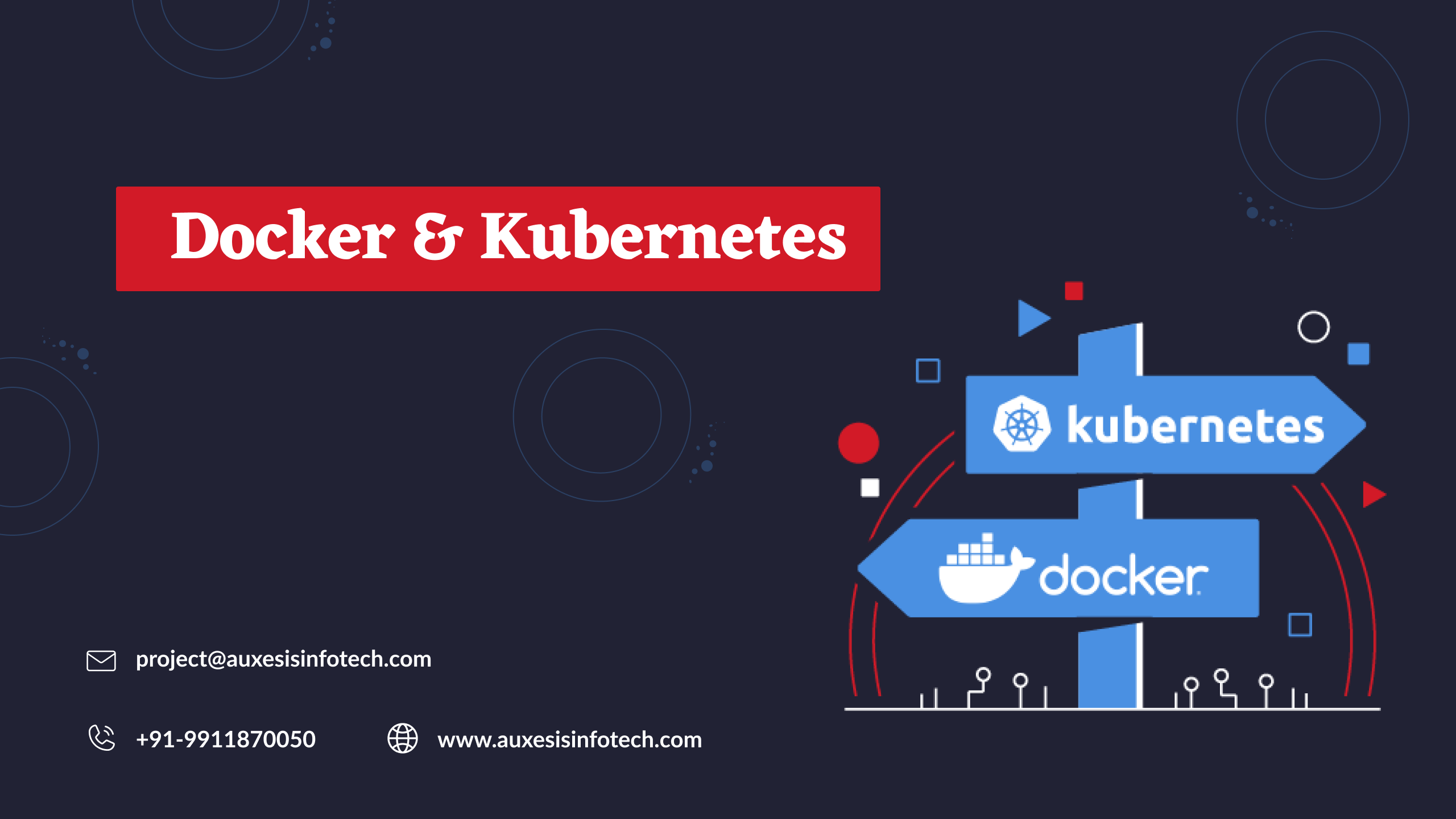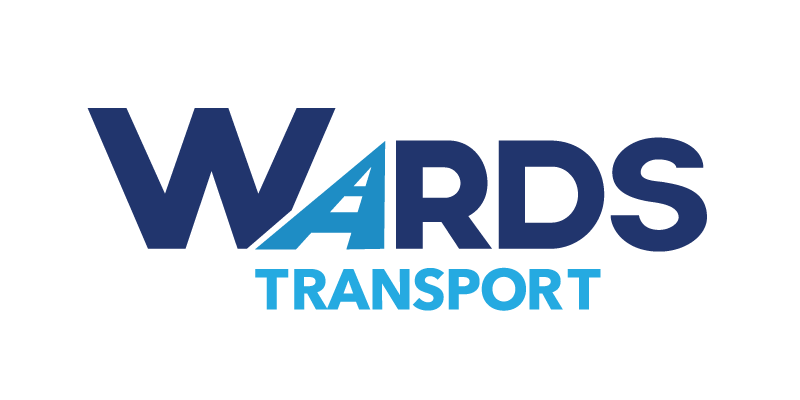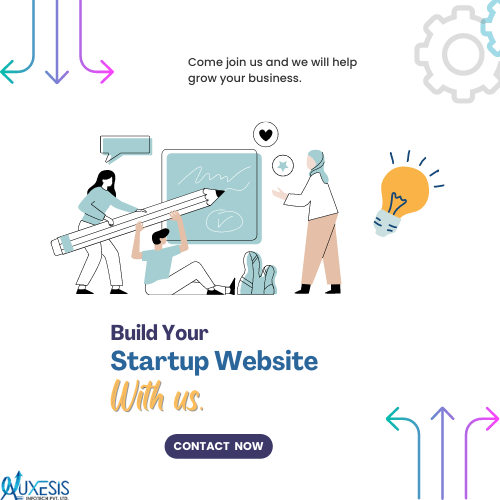
Containerization has evolved into a significant trend in the software development industry as a substitute for virtualization. It is a process concerned with the enclosing or packaging of software code along with all its dependent components, such as frameworks and libraries, to ensure systematic and consistent functionality on any infrastructure. This is done in such a manner that all the dependencies of the code are isolated in separate 'containers.'
Being in a constant state of improvement, this promising technology has created an enduring impression on the digital market. Being an efficient containerization platform and runtime, Docker in DevOps has found its footing as a powerful business tool. On the contrary, Kubernetes has earned a reputation for being a mastermind.
Here, we will deliberate on Docker and Kubernetes while highlighting the best ways to use them.
What Do You Mean by Containers?
Containers are bundles of software codes that comprise all essential components that enable it to function in any environment. They are referred to as virtual machines that contain and share information with other containers while serving as isolated operating systems.
Reasons to Containerize
Containerization is a highly productive approach to virtualization, as agreed by most developers. Containers enhance efficiency by utilizing all the available resources while minimizing overhead.
Before you can adapt to the world of containerization, it is vital that you familiarize yourself with the various ways it can benefit your DevOps processes. Let us get into further details—
- Perfect Portability
Containers retain great flexibility as they can virtually operate anywhere. The only condition is that the operating system is supported by the container engine. You can run containers on Windows, macOS, Linux, and many other operating systems. Containers can seamlessly be moved between the public cloud and on-premise machines while continuing to perform consistently. You can run containers on bare metal servers, virtual machines, and even locally on your own laptop.
- Resource Efficiency & Seamlessness
Containers stimulate resource efficiency by utilizing fewer resources as they do not require an exclusive operating system. While virtual machines generally take up a few gigabytes, containers are settled within a few megabytes. This allows the servers to run multiple containers effectively.
Container set-ups effortlessly integrate different components of the application. Kubernetes allows you to merge these components using pods and services while scaling them to curb operational costs.
- Impressive Built-In Patterns & Agility
Containers retain excellent built-in patterns that effectively improve the productivity of the application. These patterns are stateful and act as best practices while being inherently present in the VM.
Being a lightweight technology allows the containers to deliver great agility and virtually possess everything they need to operate, including their own operating systems, dependencies, codes, and libraries. Creating a container image and deploying a container is essentially a matter of seconds. The same applies to the destruction of a container.
- Enhanced DevOps Management
Containers support the conception of predictable runtime environments, including all software dependencies needed by an application component, while being isolated from other applications on the same machine. This essentially guarantees consistent component deployment, irrespective of its location.
Containers are appreciated and utilized by developers owing to their ability to run multiple operating systems on one single machine. They function by combining all the segments of your application and running them on a single server while seamlessly providing uninterrupted communication.
- Improved Scalability
Containers facilitate the easy scalability of distributed applications. Containerization can be scaled on demand, thereby increasing financial efficiency. Containers are agile promoters of component deployment, and they perform patching and scaling of applications in an incomparable fashion.
What is Docker and Kubernetes?
- Docker for Beginners—
Docker is an open-source containerization platform that allows developers to efficiently create, operate, deploy, update, and comprehensively manage applications by grouping them with all their dependencies in the form of a Docker container. It is tailored to address DevOps challenges by separating your applications from your infrastructure to ensure rapid software development.
Docker requires much less space in comparison to VMs, which makes it more efficient in dealing with more applications and services. It is a relatively new technology that leaves much room for advancement. Docker provides a clean environment that allows you to cut back on the processing time between writing code and running it in production.
- Kubernetes for Beginners—
Kubernetes is an open-source system that allows you to automate the management of containerized applications at scale. Docker creates countless containers, and Kubernetes administers them. Docker is fully capable of containerizing applications, but it still needs a powerful tool to orchestrate and schedule them. This is where Kubernetes comes in. Hence, Kubernetes with Docker together form a fundamental DevOps tool.
What is the difference between Docker and Kubernetes?

Docker and Kubernetes are two independent technologies that are specifically designed to work in tandem. Hence, there is no need to chart a comparison between the two. Having said that, the principal difference between them is—
Docker allows you to pack and ship your application by isolating it into containers.
Kubernetes is an orchestration platform for your containers that is used to deploy and scale your application.
What can Be Containerized?
On getting a clear perception of the containerization process through Docker and Kubernetes, the question arises—what to containerize?
The subjects of containerization are not restricted to only applications. In fact, it is applicable to the entire IT chain, from design to operations. The primary area to mull over would be whether containerizing will offer benefits or add complications within your specific context.
Software merchants like Apache Tomcat and Node.js are already accessible in the market as Docker containers. This also includes content management systems like Drupal and Joomla. Software structures that possess several noticeable services within an application are ideal for containerization.
When do Containers Deliver the Best Results?
The primary objective behind containerization is to prevent overloading and maintain an unburdened content system. Containers effectively assist in the deployment of a single working environment while including all the dependencies of two distinct scenarios. Moreover, when it comes to project collaboration, containers with an appropriate image of both environments exhibit more efficiency.
On a conclusive note, containerization becomes a necessity when you are faced with complex application structures. In addition to this, it is also imperative to realize when not to containerize. Use of Docker containers is not recommended—
- When the security of the application is the foremost concern.
- When you wish to relocate valuable data.
- When you prefer easy management of technology.
- When you require enhanced speed.
- When the requirement involves different OSs or kernels.
- When you work with a simple application.
- When your application requires a powerful UI.
Conclusive Remarks
Although Docker containers come with endless benefits, they are not recommended to be applied to each and every application. Before proceeding with Docker, it is crucial that you evaluate the requirements of your project as well as your team while assessing the feasibility of the tool for your particular working environment.
Recent Blogs
Our Clients








_0.png)





















Clutch & GoodFirms Reviews
Our success is demonstrated by having the most reviews compared to competitors.
Auxesis Infotech provides web development support on our Drupal platform. They are always flexible enough to help us achieve our goals. Very pleased with Auxesis competance, flexibility, communications and execution.
5

Richard Halderthy
Director Brand & Communications, Saint Gobain Ltd
30 Reviews
Powered by Clutch ![]()
I'm impressed by their communication and speed of action. Ever since we launched the redevelopment, there’ve been many compliments on the improved look, functionality, and ease of navigation.
5

Ryan Titley
Director of Projects, ERRIN
30 Reviews
Powered by Clutch ![]()
Get in touch with us!
Please fill in the form below, and one of us will get you or respond to your queries soon.





